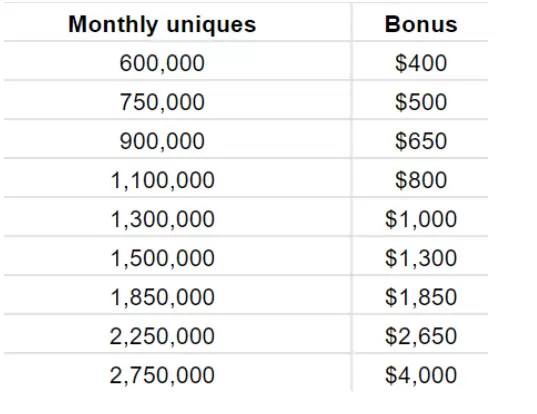Digital PR Isn’t Link Building. It’s the Most Profitable Channel You’re Ignoring
Digital PR

26 / 11 / 19
As digital content marketers, we’re completely comfortable poking around various reporting tools to track and analyse the campaigns we’re working on.
We know what’s important to stakeholders and what our clients expect to see as a result of our efforts, today, tomorrow and in 2020.
As someone who works primarily through journalist based outreach, I was saddened to read this article earlier in the year.
Call me naive, but I had no real idea that many of the writers I communicate with on a daily basis, were paid, bonused and ranked using metrics that I am only used to seeing within a client-facing SEO report.
The article makes for some pretty grim reading actually, so here’s the TL;DR: journalists were sacked for inconsistent traffic flowing through their well-researched articles, which led to writers looking to use pseudonyms rather than their real bylines when covering ‘clickbait-style’ stories.
The reality is that these writers could boost their pay packet if their traffic levels were consistently in the right ballpark – see below for an example of a bonus structure based only on traffic.

Source: https://www.cjr.org/special_report/newsweek.php
Unfortunately, it doesn’t look like it’s going to change anytime soon.
Looking forward to 2020, this is actually incredibly useful intel for those of us working in digital PR. We already know how to create content that drives traffic, so we need to sell that benefit through our campaign promotion.
Ultimately, our experience can help journalists get paid more and get freelancers repeat commissions.
Campaigns need to tick more boxes than ever before, for writers who are being held over a barrel by their analytics tracking software. If they don’t then we simply won’t achieve coverage.
I’ll scratch your back, you scratch mine. Simple as that.
We now need to ‘sell’ our campaigns to journalists by speaking the same language that they are now being expected to use: unique page views, dwell time on page and exit rate, amongst many others.
In this game, outbound links are our goal. It is what our clients come to us for and they make the web go around.
But what if (and it’s a BIG what-if) the external linking stops entirely..?
What if writers and journalists become so fixated on their metrics that they simply stop linking to external content to preserve their articles ‘dwell time’ or other metrics.
If we forget the hoo-har around ‘no-follow’ for a second and think more broadly about the impact that ZERO external links would have.
If every publication blanket adopted this policy, then we would really have a problem on our hands.
On the bright side, we are seeing an increasing number of publications offering up a transparent editorial policy about the content they will and won’t link to, which is incredibly helpful when it comes to ideation and campaign production.
With so many extra hoops to jump through, we’re now looking for those ‘unicorn ideas’ that tick each and every box. The ideas that: